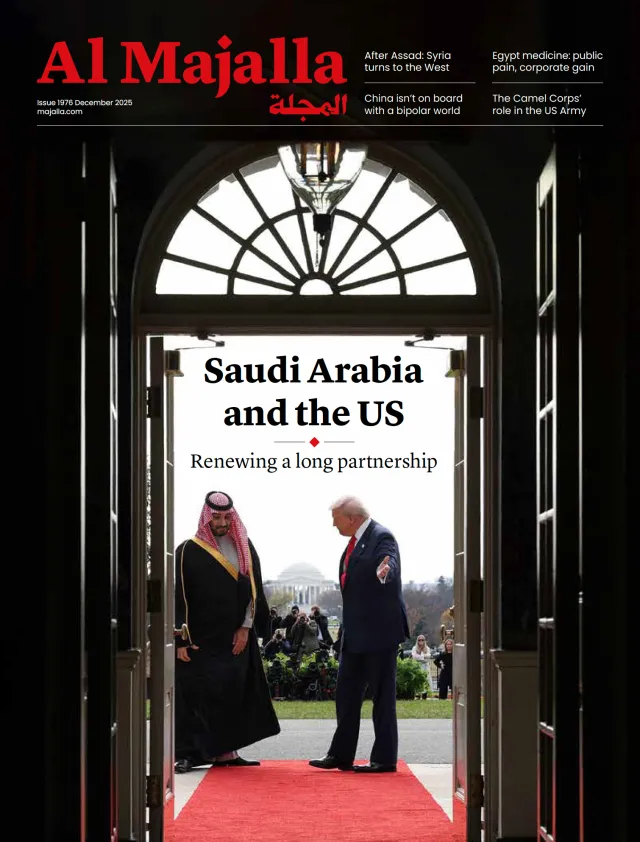The fall of the Assad regime at the end of last year was the biggest blow yet to Iran and its so-called “Axis of Resistance.” For decades, Syria had served as the conduit for weapons to Hezbollah in Lebanon, the strategic hinterland for Iraq, a base for Palestinian factions backed by Tehran, and a training ground for the Houthis and militias tied to the Islamic Revolutionary Guard Corps (IRGC).
It was therefore unsurprising that Israel targeted Iran to prevent its military intervention in support of al-Assad following the launch of Hay’at Tahrir al-Sham’s (HTS) “Deterring the Aggression” campaign in late November. Israel also targeted Iraqi militias attempting to cross the border to bolster the regime during the fall of Aleppo that same month. Even before the campaign officially began, Israel had launched precision airstrikes in November, destroying a joint operations room belonging to Hezbollah and the IRGC in Saraqib, the first such strike in Idlib province since 2011.
However, the arrival of HTS in Damascus in December brought an end to Israel’s long-standing “Syrian certainty”, which had endured for 50 years under the Assad regime. The Golan Heights had remained a dormant front since the 1974 disengagement agreement, and strategic weapons, including missiles, chemical agents, and barrel bombs, had been tightly controlled, used against Syrians but never deployed on the southern front or in any conflict with Israel.
Faced with “uncertainty” surrounding the new Syrian leadership, Israel did several things:
First: It conducted 700 airstrikes in a short span, targeting and destroying all strategic military assets, on land, in the air, and at sea.
Second: It advanced to occupy the buffer zone in the Golan Heights, established under the 1974 disengagement agreement.
Third: It seized a strip seven kilometres deep into Syrian territory, running parallel to the buffer zone from the northern to southern Golan.




